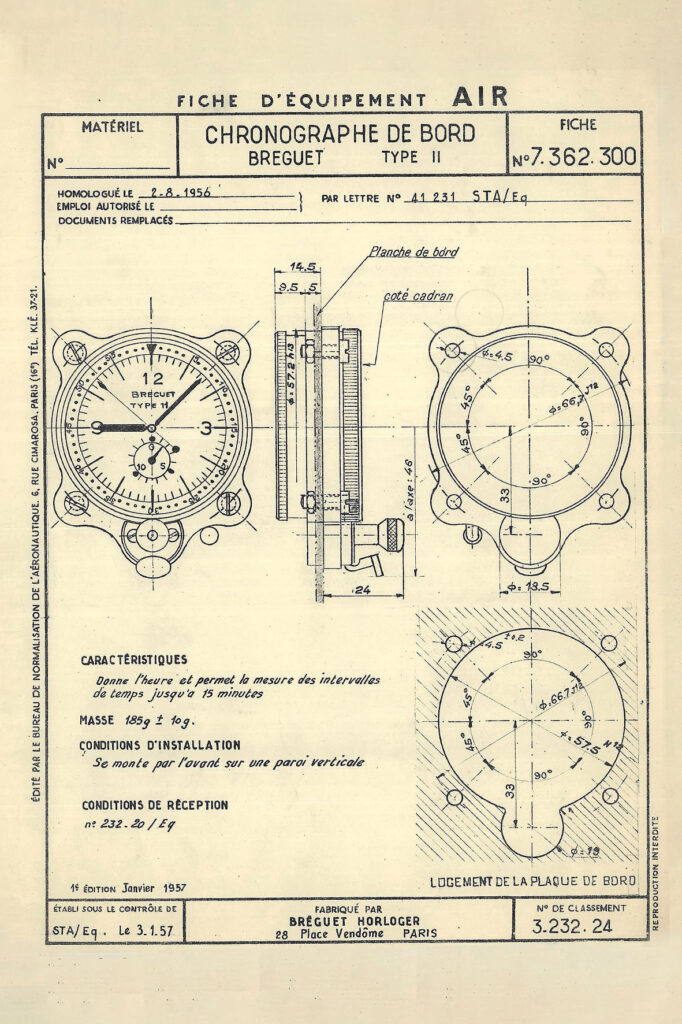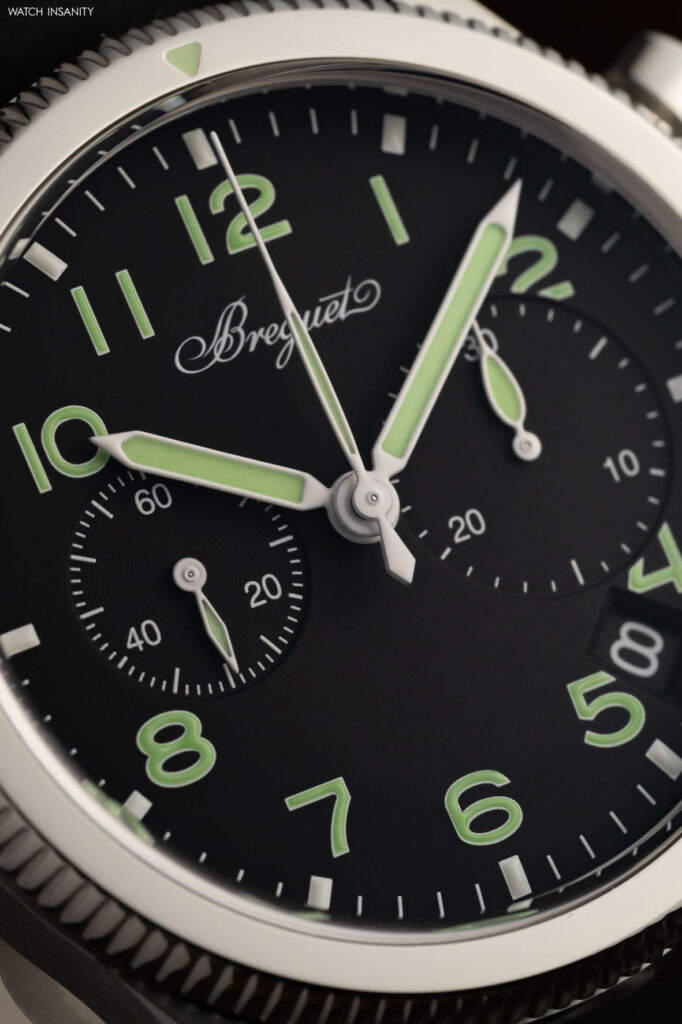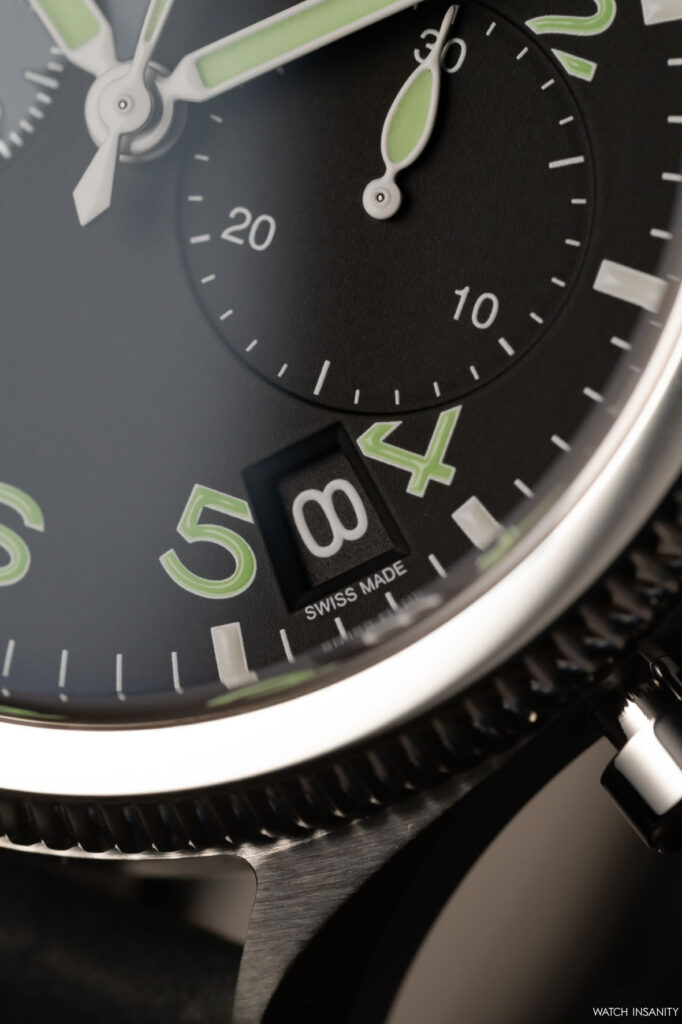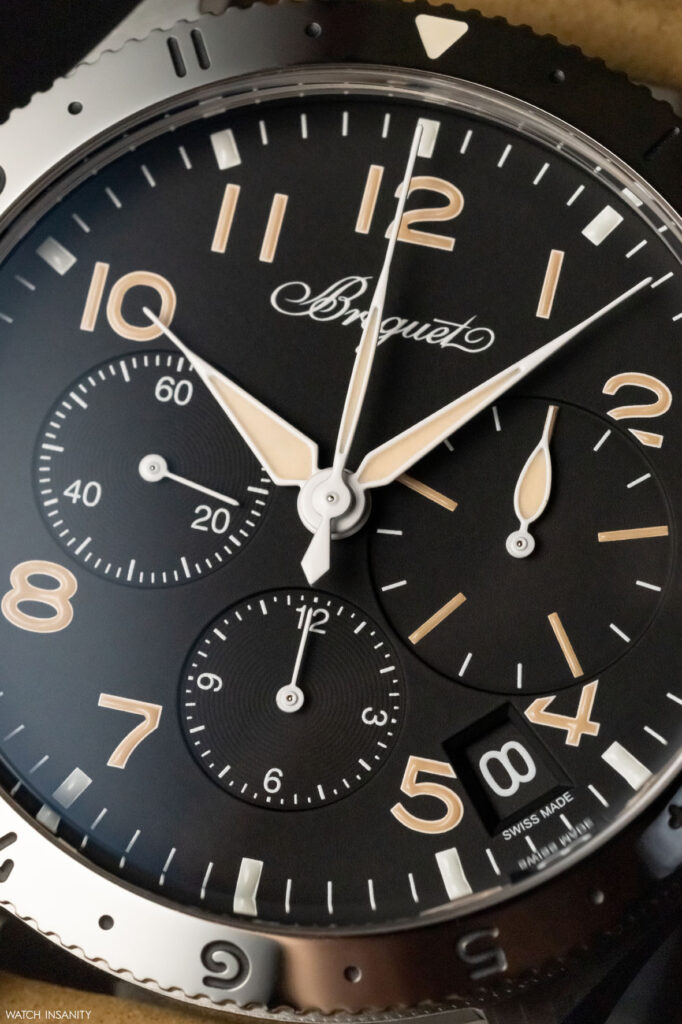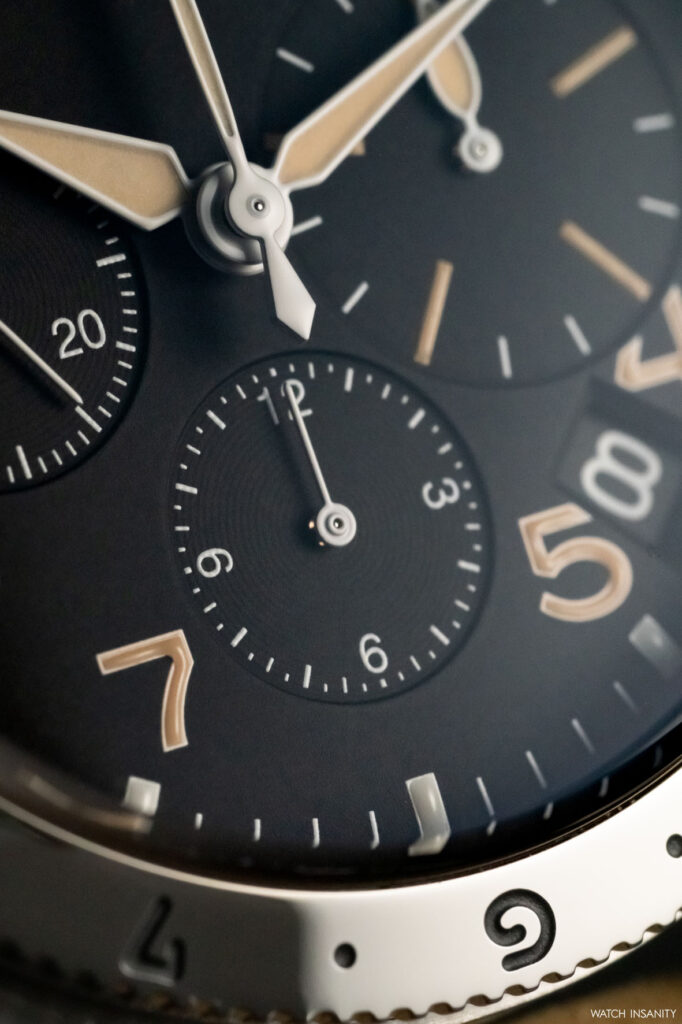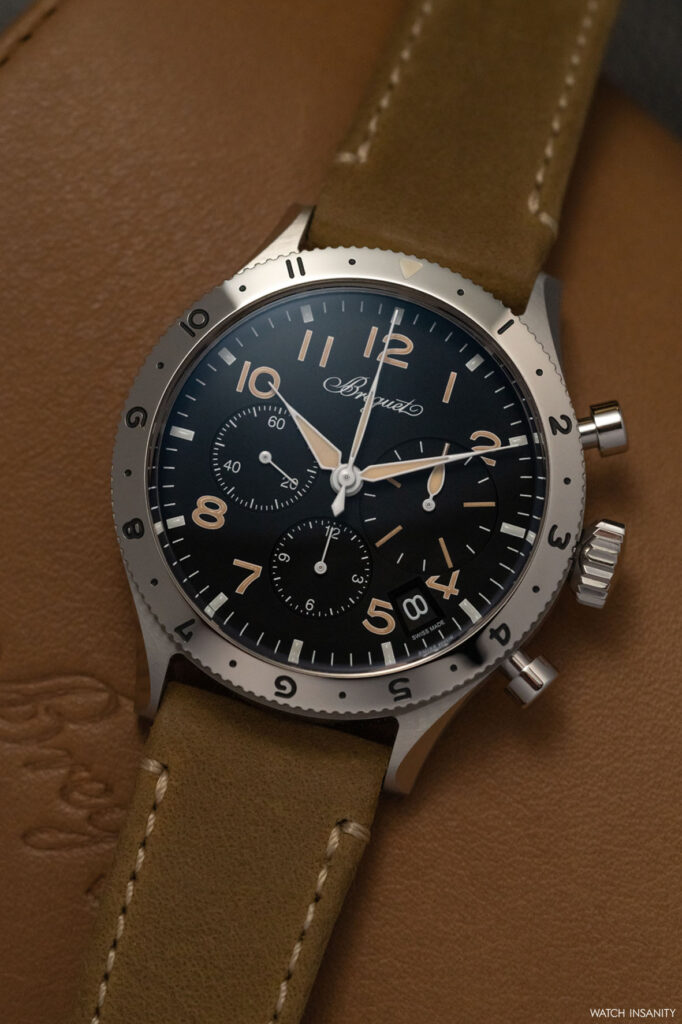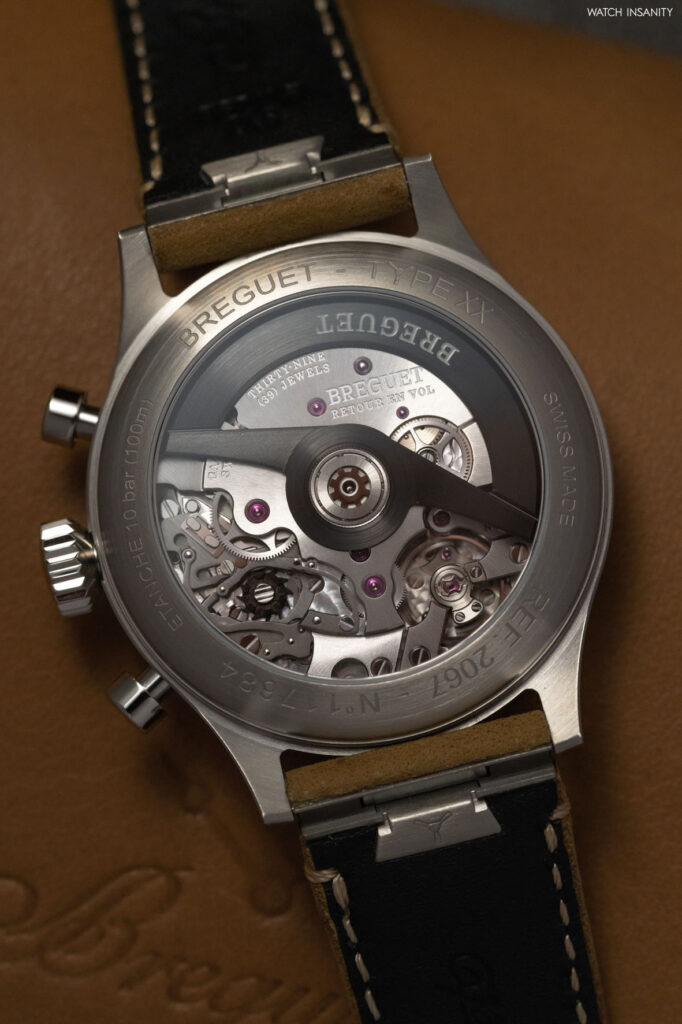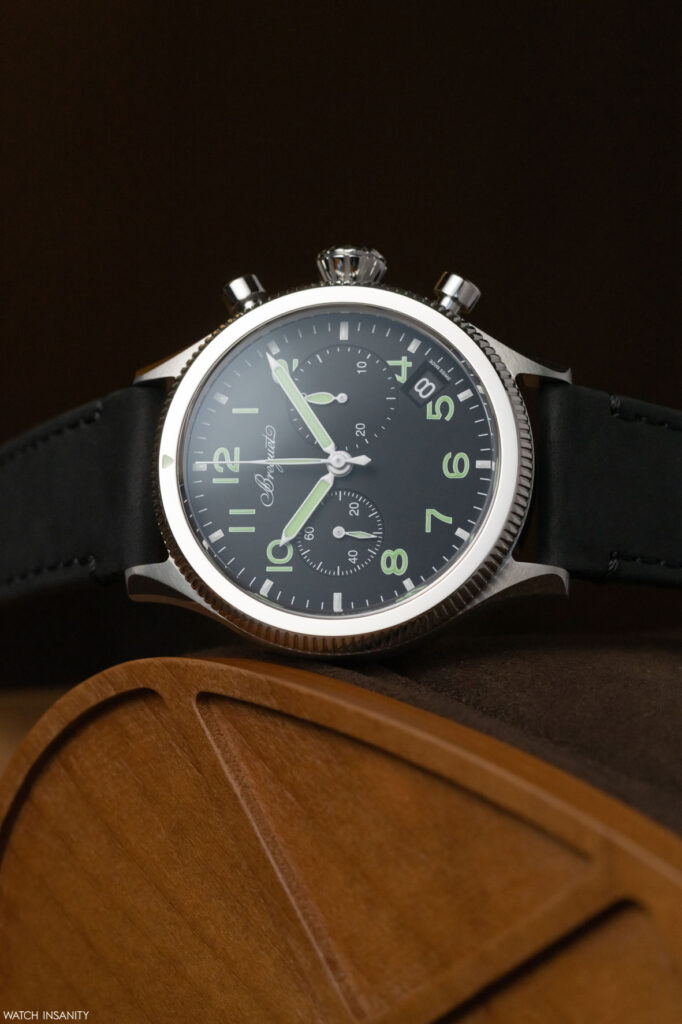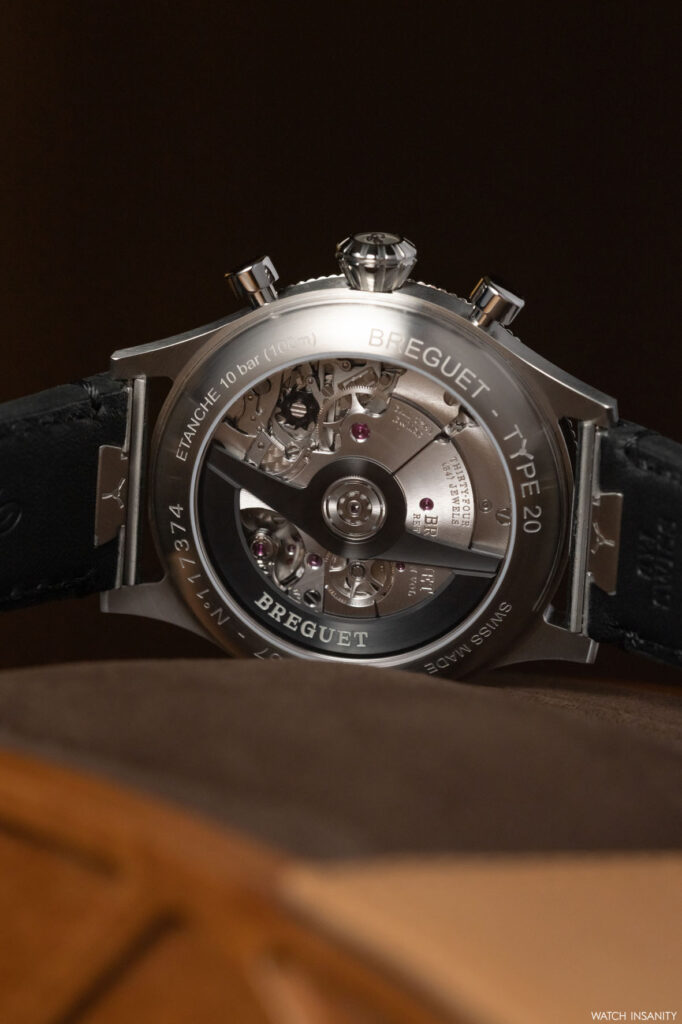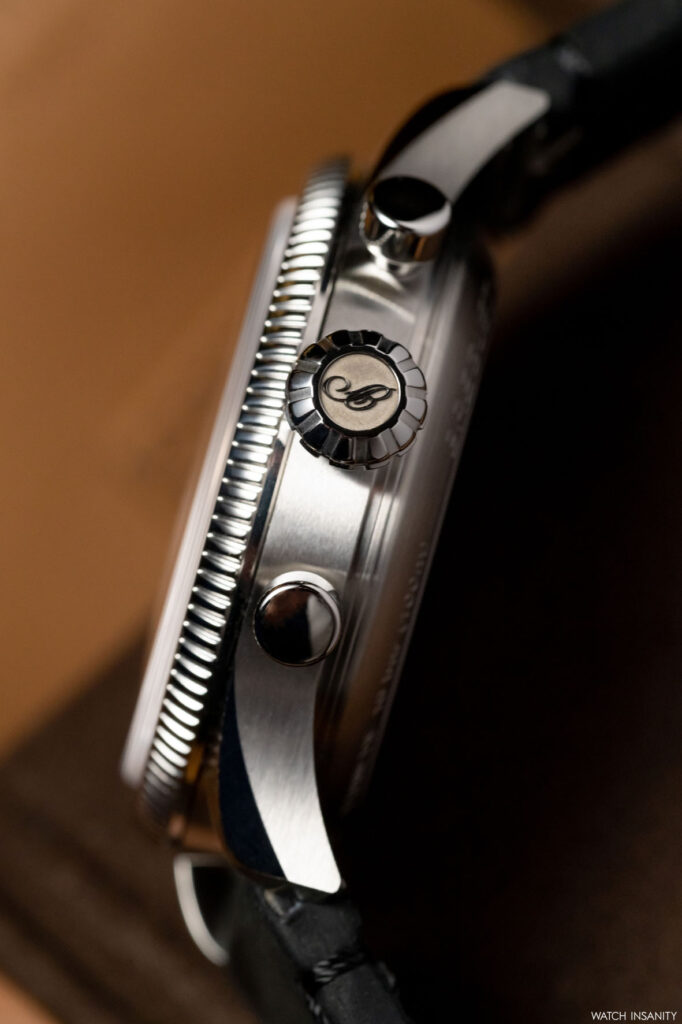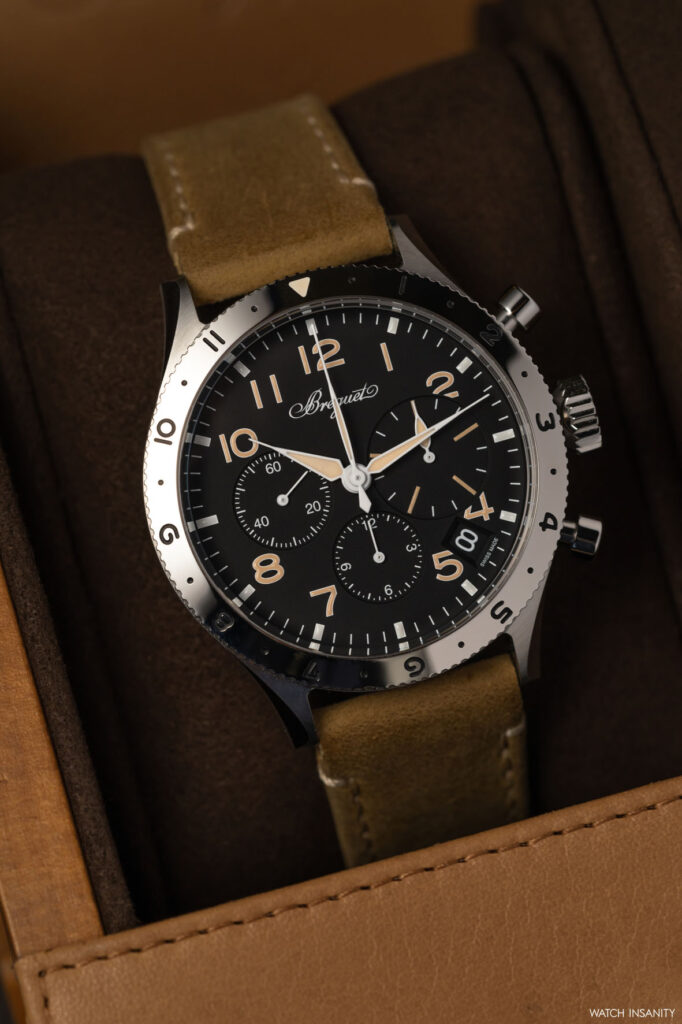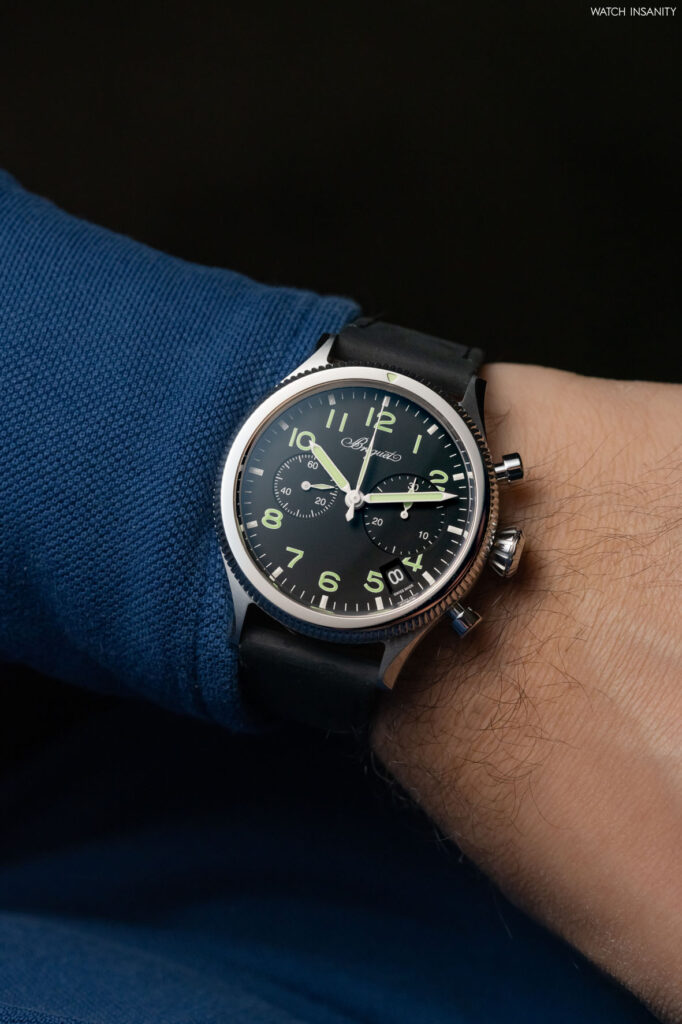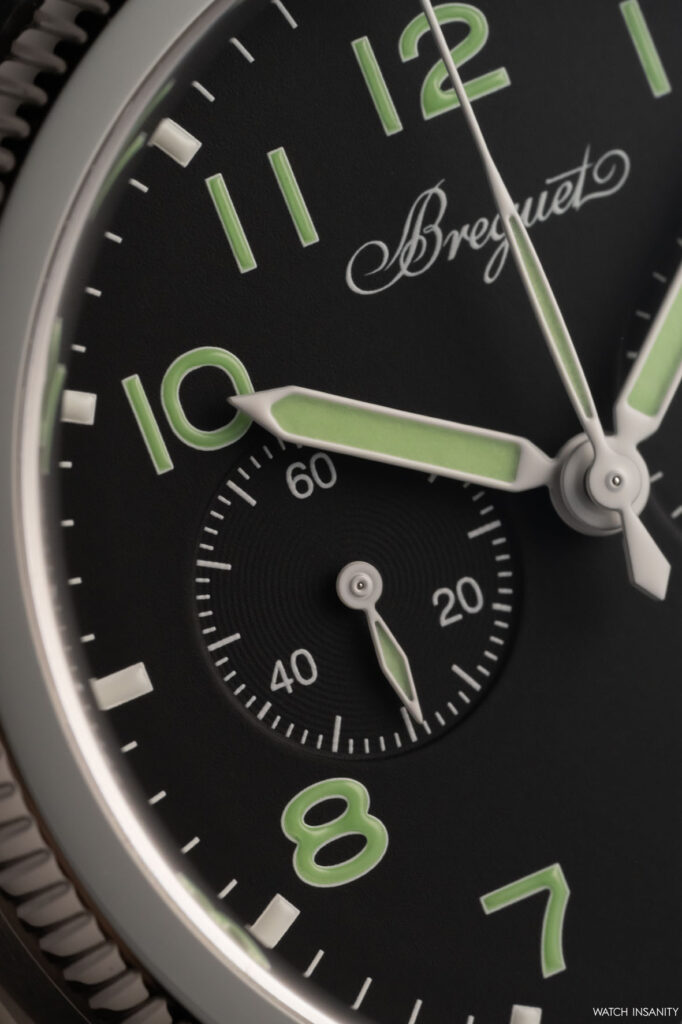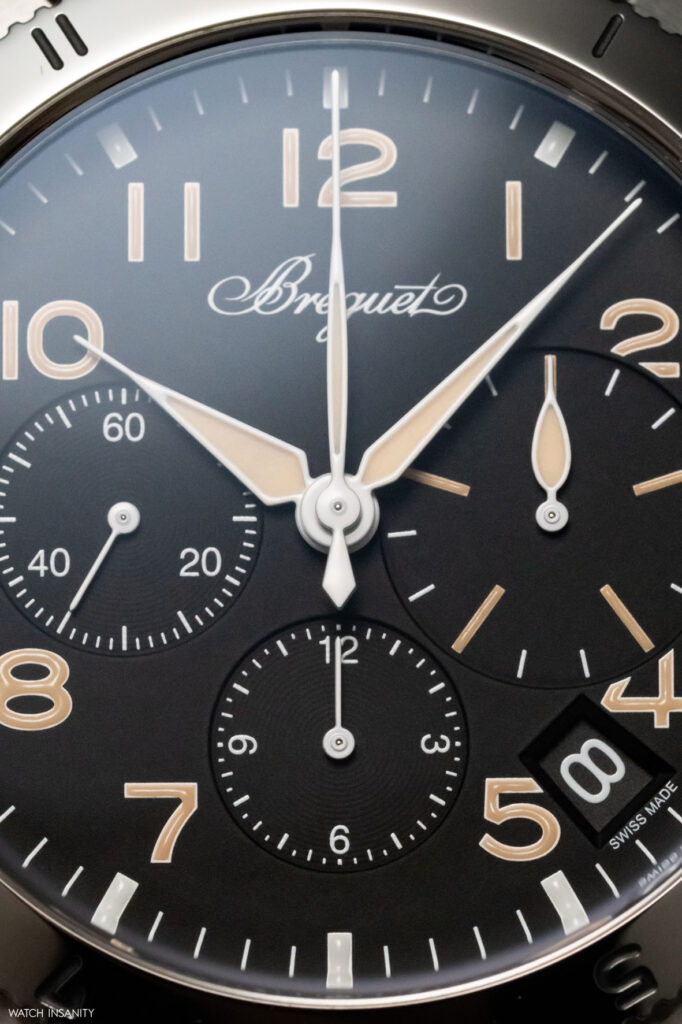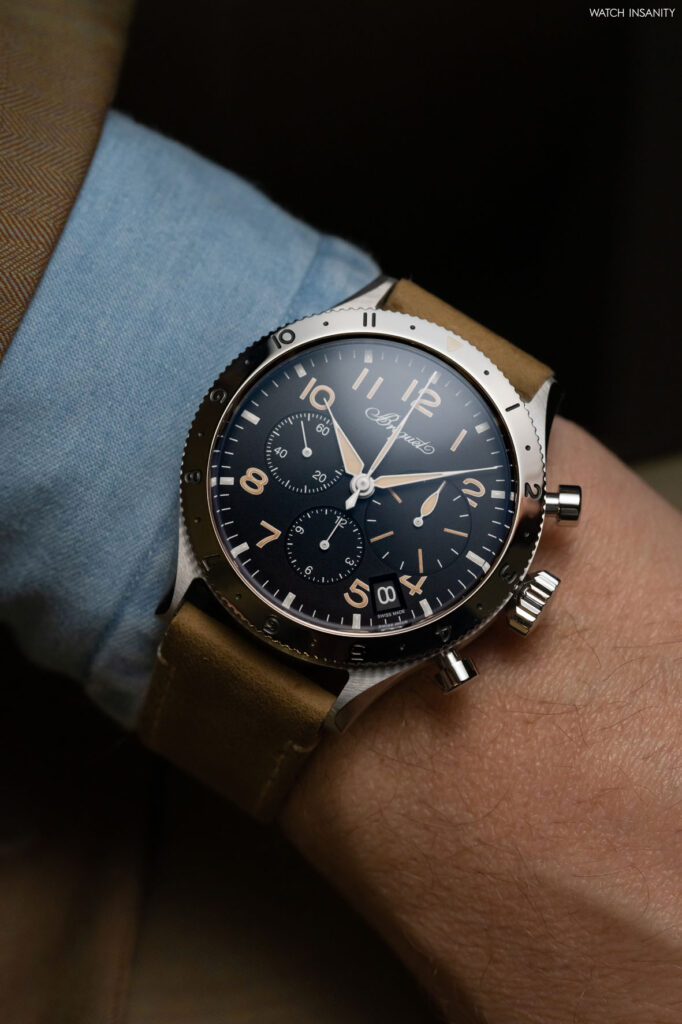Breguet Type XX: the legend takes off again
26 June 2023Let’s start with the news. At the beginning of June, Breguet held a major international event in Paris to present the new Type XX, one of the most emblematic French watches in history, and one of the most important models of the brand’s modern era. We were there, and we were able to touch the new watches just one minute after their release, to then photograph them in this wonderful shooting.
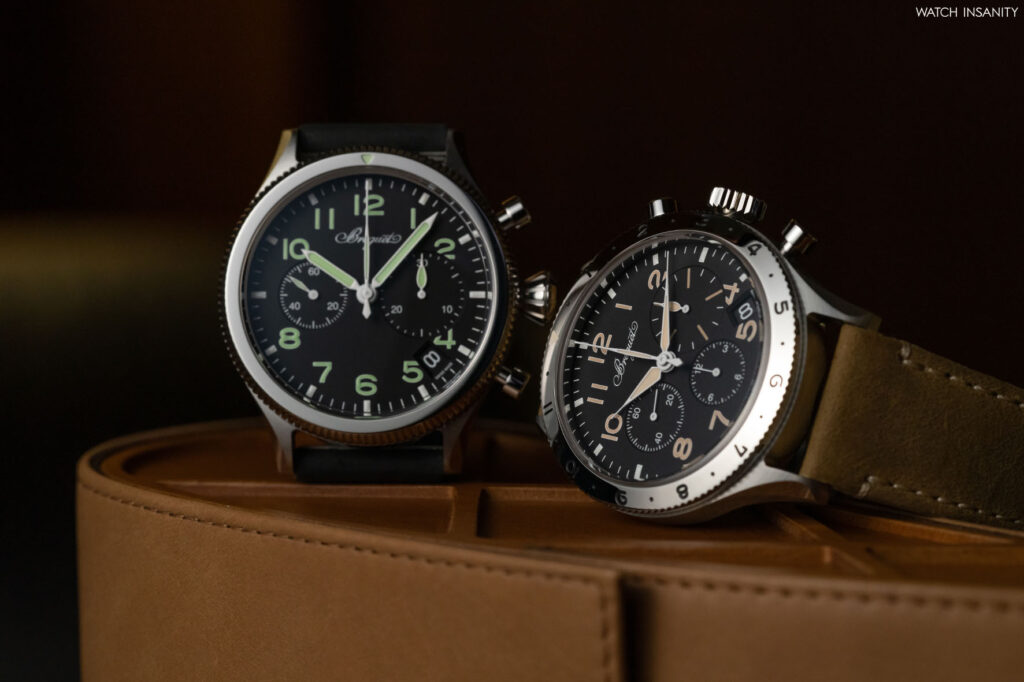
Not one, but two chronographs stole the show in the halls of the Petit Palais after the gala dinner: the Breguet Type 20 Chronographe 2057 and the Breguet Type XX Chronographe 2067. As the most alert of you know, the dual Arabic and Latin numerals are not random. The Type 20 is the military version of the watch, named after the specifications required by the French Air Force, while the Type XX is simply its civilian version. After a few years without including it in its collections, Breguet brought it back to life with two pieces inspired by emblematic models of the origins – modernizing them under many points of view. But first, a little bit of history.
AT THE ORIGINS OF THE TYPE XX
In addition to watchmaking, the Breguet family has left its mark in aviation. Louis Breguet (1880-1955), descendant of Abraham-Louis Breguet, was a French aviation pioneer. He founded the Société d’Aviation Louis Breguet, exporting his aircrafts to many countries around the world and contributing to the founding of Air France. He began by building so-called “autogyros,” the flying machines that are the ancestors of the helicopter, and developed a close relationship with the Brown family who had acquired the watch company in 1870. Louis Breguet approached the Browns to purchase watches with which to equip his planes and pilots.
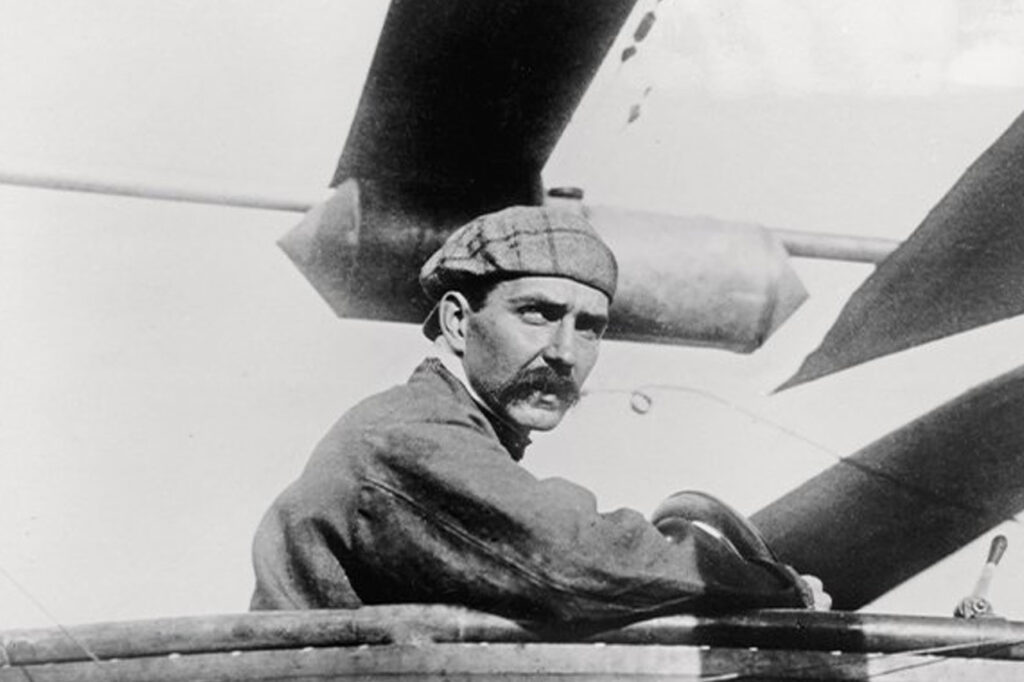
The history of the Type 20 begins in the early 1950s, when the French Air Force launched a call for bids to have wrist chronographs made for their pilots. The watches needed to have some classic technical specs for aviator timepieces: black dial with luminescent indexes and hands, caliber resistant to sudden pressure variations and accelerations, rotating bezel, flyback function.
Since many manufacturers participated in the bid, many Type 20 watches were produced, not only the Breguet ones. Since the chosen brands could have sold the same watch to civilian customers, they renamed the model for them “Type XX.”
FIRST REFERENCES
Breguet presented its prototypes in 1952 and, a year later, the Service Technique Aéronautique approved them. Just 70 years ago. In 1954, the Air Force placed an order for 1,100 Type 20 watches, which were delivered over five years, between 1955 and 1959. They had a fluted rotating bezel, a 30-minute counter, and an oversized pear-shaped crown. No logo on the dial.
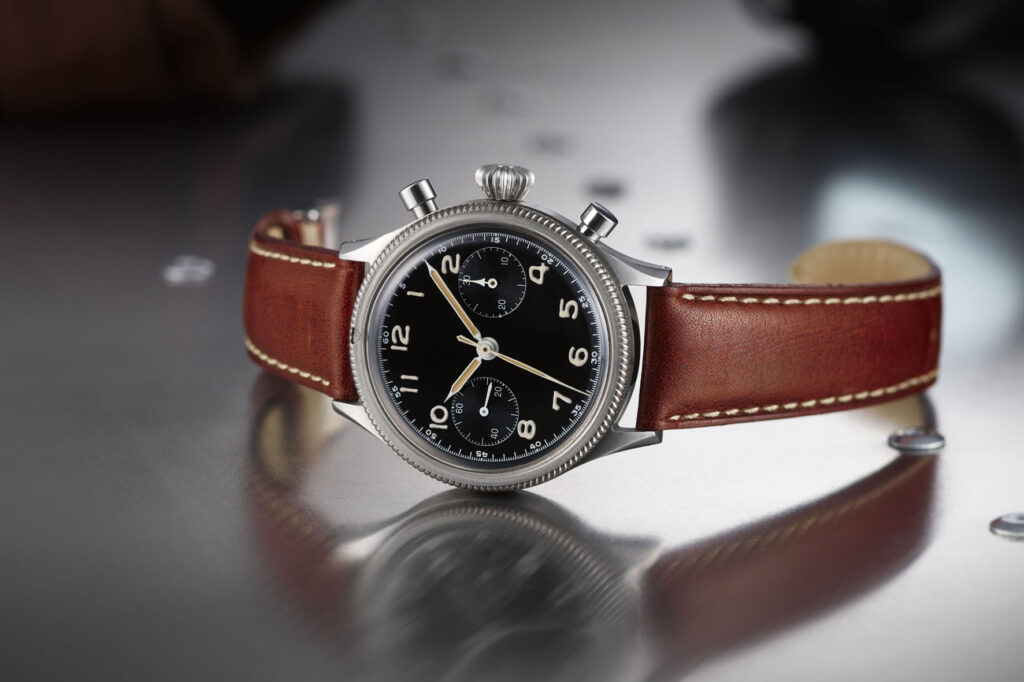
At the same time as that of the Air Force, an order was placed by the Centre d’Essais en Vol (CEV), which trained French test pilots. The number of watches was smaller, 80, delivered in 1956 and 1957. Compared to those of the Air Force, they had a 15-minute counter, and 50 of them also had a 12-hour counter at 6. The letters CEV were engraved on the back, followed by a number from 1 to 80.
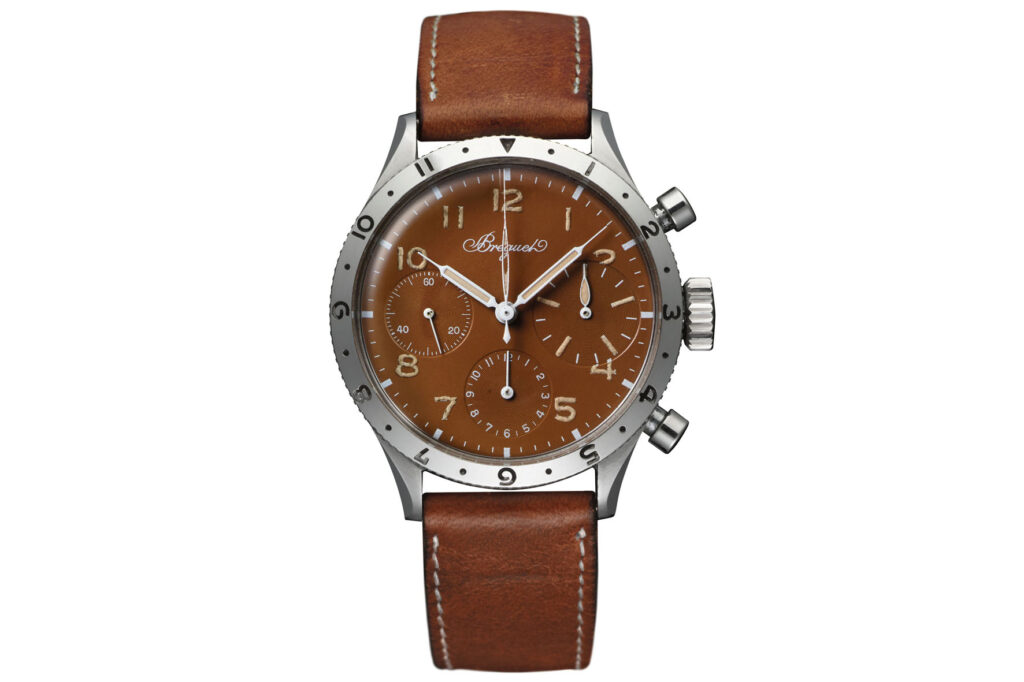
A third order, in 1958, came from the Navy: 500 pieces for the Aéronautique Navale, delivered en bloc in January 1960. The most evident difference compared to the other Air Force Type XX was in the 15-minute counter, whose dial from larger diameter – the so-called Big Eye configuration – had luminous hour markers every 3 minutes. In 1963 the original 14 ligne Valjoux flyback movement was replaced by a 13 ligne Valjoux.
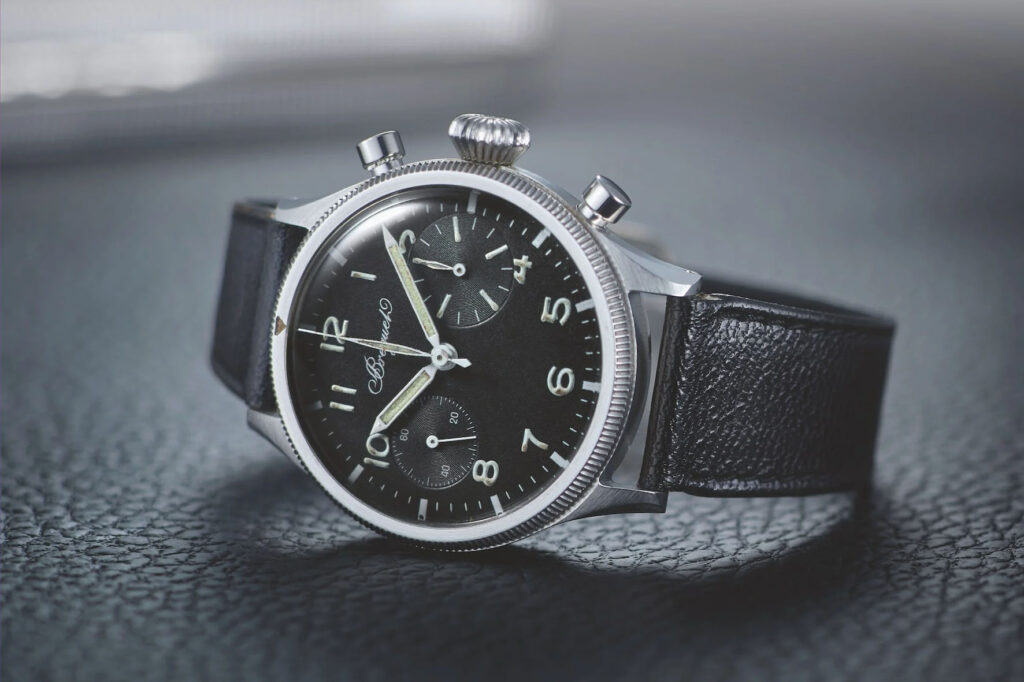
THE SECOND AND THIRD GENERATIONS OF THE BREGUET TYPE XX
For over 10 years, the Breguet Type XX underwent few modifications, until the second generation was presented in 1971. The polished steel case was wider, the lugs thicker, and it had a black-coated 60-minute graduated bezel. Available with or without the 12-hour counter, it always featured the 15-minute counter, and the last pieces were sold in 1986.
The third generation came in 1995, modernized but always with clear references to history. The Breguet Type XX Ref. 3800st Aéronavale – without date and with a polished bezel – and the Type XX Ref. 3820st Transatlantique – with a date and satin-brushed bezel – were produced. The black dial, the large Arabic numerals, the Big-Eye counter, and the flyback function remained. A 39mm case size was introduced. The Type XX Reference 3800st, the most classic, was discontinued in 2018. And now, here is the fourth generation.
BREGUET TYPE XX 2067 AND TYPE 20 2057
Born after four years of development, especially regarding the movement, the Breguet Type XX splits into two models: the Type XX Chronograph 2067, inspired by the civilian editions of the first generation, and the Type 20 Chronographe 2057, which pays homage to the first military editions. The two watches share similarities but are also deeply different. Let’s see why.
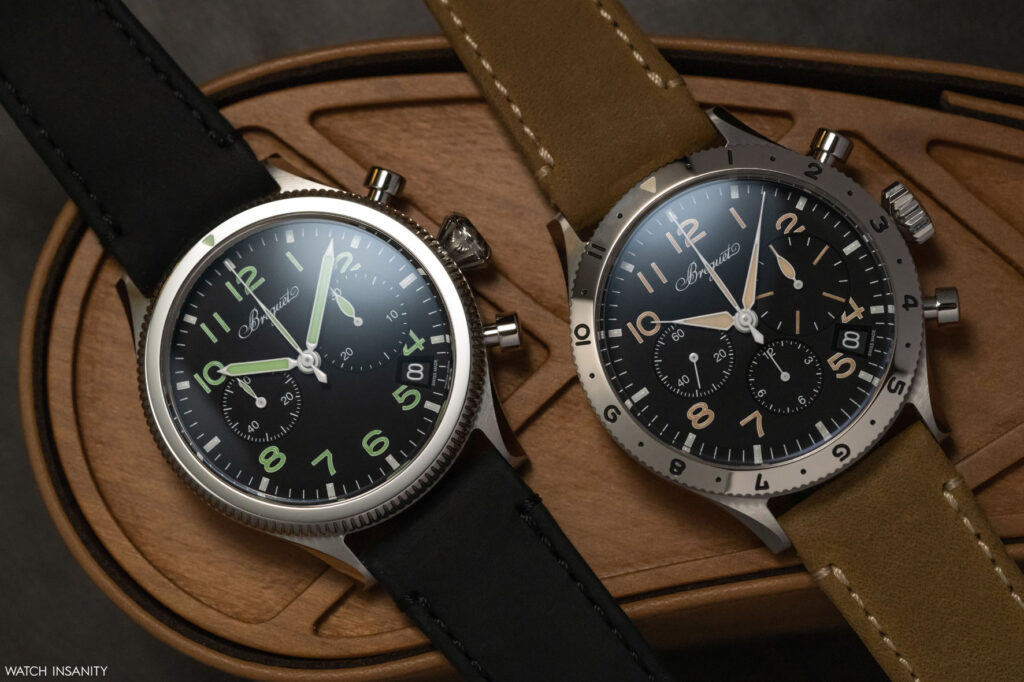
Both have the same 42 mm diameter and 14 mm thick steel case, are waterproof up to 10 bars, and present features that recall that of the first-generation watches: faceted lugs, pump pushers, polished and satin finish, no knurling on the case band. The dial, black on both models, is protected by a glassbox sapphire crystal. When tested on the wrist, we can say that they are very comfortable, thanks to the curved and not excessively long lugs.
Unlike the references from the 1950s to which they refer, the two watches feature the date. It is placed between 4 and 5 o’clock, while the inscription “Swiss Made” is found between the window and the ring of the minute track. According to Breguet, the position was imposed by the desire not to suppress the indices by placing the date, for example, at 3 or 6 o’clock.
THE DIFFERENCES
Moving on to the differences, let’s start with the Type 20 Chronographe 2057, the military one. The dial has two counters, with continuous seconds at 9 and the Big Eye 30-minute counter at 3. The hour, minute and small second hands are pencil-shaped, while the chronograph’s second and 30-minute hands are leaf-shaped: so, the chronograph function is distinguished by its shape from the time keeping function.
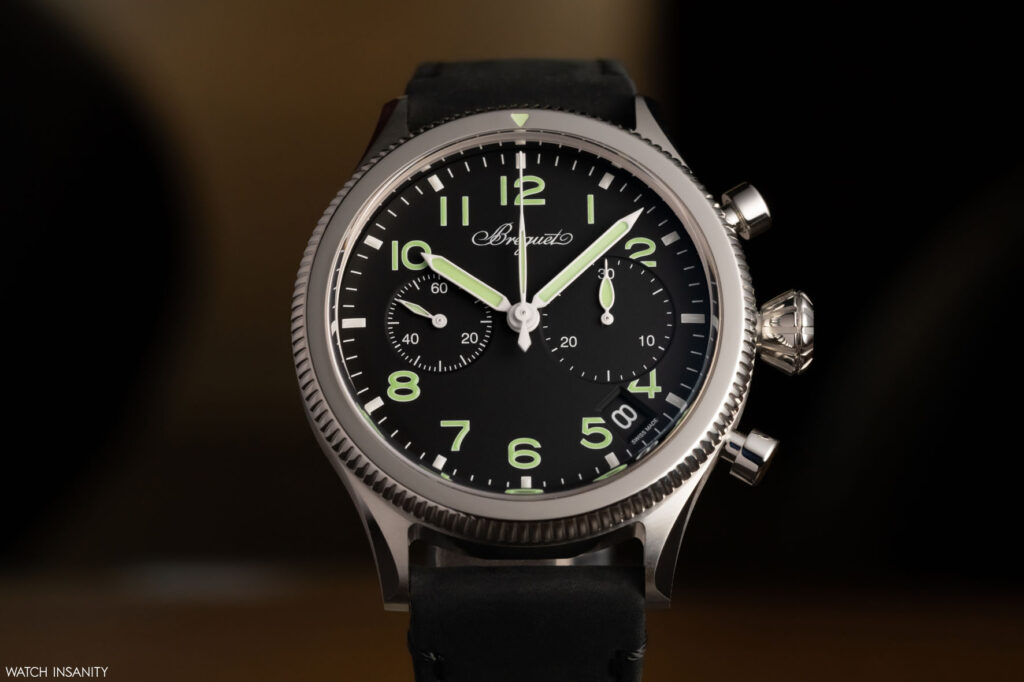
All hands, Arabic numerals and the luminous triangle of the bidirectional bezel at 12 are covered in mint green luminescent material. The rotating fluted bezel is non-graduated and the crown is pear-shaped, oversized as in past pieces, and bears the Breguet logo.
The Type XX Chronograph 2067, inspired by the 1957 reference 2988, has a bidirectional fluted polished bezel graduated to 12 hours and a flat crown, without logo. The dial has three counters, with the small seconds at 9, the 12-hour counter at 6 and the 15-minute counter at 3, in the Big Eye version. This counter has elongated and luminous indexes every 3 minutes, and is the only one with a luminescent hand. Hands, numbers and triangle on the bezel have ivory lume.
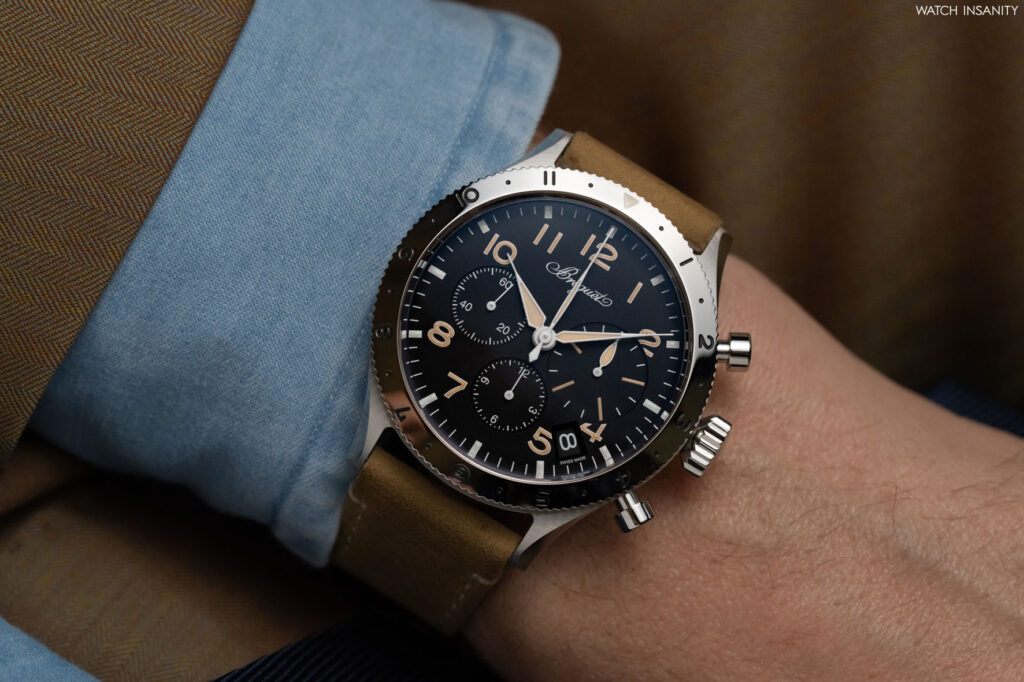
THE CALIBER 728: MADE IN BREGUET
As we wrote above, the four years of development required for the new Breguet Type XX and Type 20 are largely due to the work on the caliber, which was designed from scratch. The Type XX is powered by the 728 caliber, the Type 20 by the 7281 caliber. The base is the same but they’re different because they serve two or three counters.
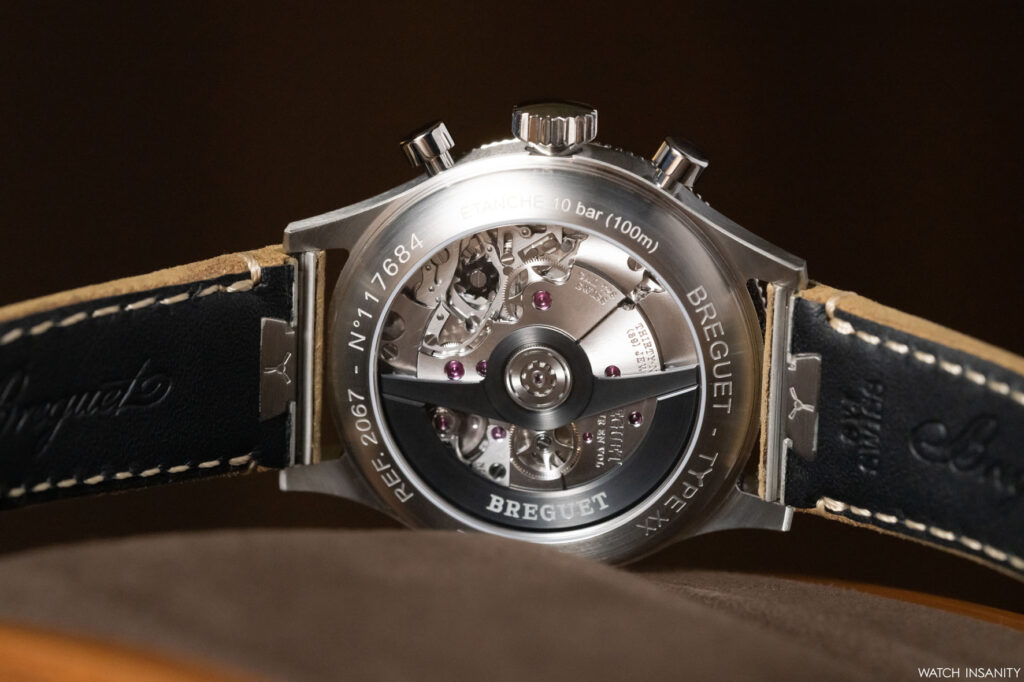
It is an integrated automatic chronograph with flyback function, column wheel with vertical clutch, which allows a smooth start and reset of the chronograph. The mainspring, escape wheel and lever lugs are in silicon. The 60 hours of power reserve when fully wound are not bad either.
But that is not all. The two movements are high-frequency calibers, which oscillate at 36,000 vibrations/hour. The flyback function, a real technological gem, allows you to carry out several consecutive timing sessions, replacing the three classic operations to start a new session – stop, reset, start – with just one, by pressing the pusher at 4 o’clock.
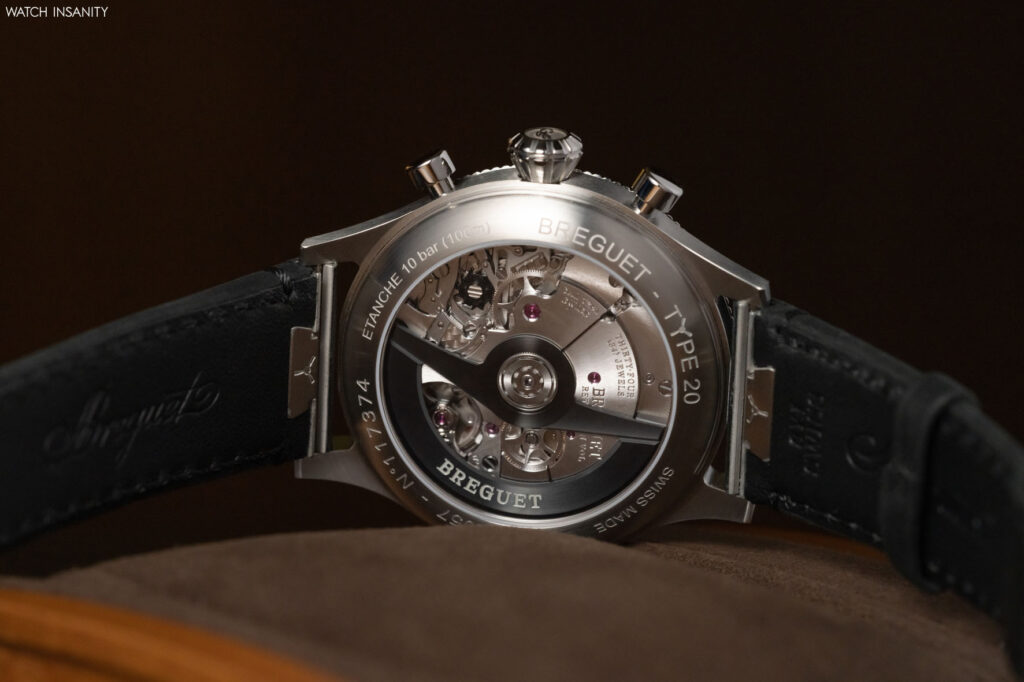
Precisely the pushers were further developed by Breguet, which introduced new patented activation and reset systems. Thanks to them, it is possible to transmit a uniform force to the chronograph mechanism regardless of the pressure on the buttons, so as not to put the mechanical parts under stress.
In addition to the extremely high-level technical features, the caliber also stands out for its refined decoration: sunburst workings on the bridges, spiral, circular, chamfered and perlage finishes, as well as a black DLC treatment on the column wheel which makes it stand out in the caliber architecture. And which combines it with the burnished gold oscillating weight in the shape of the front of an airplane.
VINTAGE STRAPS
The vintage look of both watches is completed by the straps. In black calfskin for the Type 20, in beige calfskin for the Type XX. Along with them, each watch also has a black fabric NATO strap. Interchangeability is easy thanks to an ingenious quick release system.
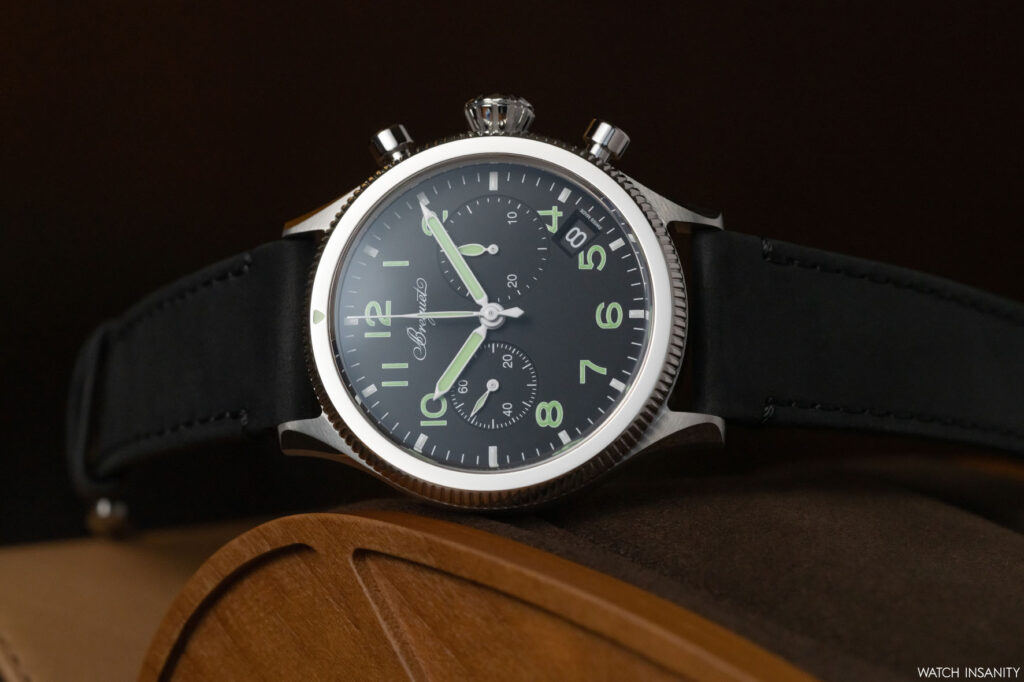
On the back of the strap, between the lugs, there is a button with a logo in the shape of an airplane propeller; by pressing it, with the strap positioned between the lugs at an angle of 45 to 60 degrees, it releases the strap in order to replace it with a different one, inserted at the same angle.
Finally, the price, in line with what is expected of a brand like Breguet and a watch with these characteristics: 19,400 euros in both versions. Call it Type 20 or Type XX, the story does not change: when facing the new generation of a watch that has made history, you can bet it will meet the same success as the previous ones. Because tradition is not only something to be inspired by, but also something that drives us to improve.
By Davide Passoni

